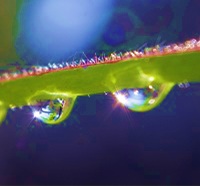Molecules to metabolism - planning sheet 2.1
|
Planning sheet for Molecules to metabolism |
||||||||
| Desired Results | ||||||||
|
Understanding(s)
|
Essential Question(s)
|
|||||||
|
TOK / Nature of Science / IM
Extension reading in
|
Skills students will have
|
|||||||
| Assessment Evidence | ||||||||
|
||||||||
| Learning Activities | ||||||||
|
||||||||



